Firaxis Games has been one of the greatest western developers of turn-based strategy games, quickly establishing a sterling reputation for the organization right after its founding in 1996. While the developer has been known for taking on projects bearing Sid Meier’s name, including Civilization III, they’ve also achieved runaway success with the brand in new areas such as the universally beloved Alpha Centauri. Their success in rebooting XCOM as well, with an appreciation for different turn-based mechanics, and the complexity of their turn-based strategy, has been monumentally important for the strategy world.
Firaxis’ latest project, however, involves handling an IP without Sid Meier’s name, bearing the hallowed Marvel imprint instead, known as Marvel’s Midnight Suns. While this might seem like a surprising developer choice for a superhero strategy game, I can hardly think of a more fitting, reputable team than Firaxis to make an excellent, unique, and rewarding title. Marvel’s Midnight Suns has been out for close to 2 weeks now, and while I found the game to be enjoyable, my review is more complicated than I had hoped.
Midnight Suns: There’s Something About Marvel and Cards that Works

Marvel’s Midnight Suns is a turn-based tactical RPG using a unique card-based attack and action system with different abilities based on the heroes who use them. This allows combat to be more varied and for players to think on their feet, while still building decks and picking their favorite heroes to synergize together. The battles are skirmish-sized, usually not taking more than 10-20 minutes to complete, with a diverse array of Hydra or Lilin with different abilities for you to fight. You can use your movements, Heroism, and the environment to take down bad guys in this game.
But that’s not all there is to Midnight Suns, as upon review it seems there are quite a few gameplay features present this time around. You can create your character who was named “Hunter” at birth, customize their gender, appearance, and what you wear in and out of battle with this as your avatar. You can use the Hunter to roam The Grounds, Midnight Suns’ in-game overworld between missions, bond with your fellow heroes, craft and upgrade new cards to use in battle, and discover tons of hidden Marvel lore.
The game feels akin to XCOM in battle, while also seemingly borrowing elements from Fire Emblem: Three Houses and the Persona series outside of missions. This is due to the day and night cycle between missions, as well as a friendship system, and enhancements you can add to your base. It also seems to be a bit of a departure from other Firaxis games or properties they’ve developed before, such as in how your heroes can fall in battle, but permadeath doesn’t apply, very on-brand for Marvel. But this blend of mechanics found in other series should not be seen as derivative, but rather highly influential, and the end product is highly enjoyable when it works.
Hunting High and Low
Midnight Suns follows a dozen playable Marvel superheroes as well as the Hunter as they combat the forces of Hydra and the demonic legions they unleash in a bid to conquer the earth. Naturally, Hydra is in over their heads and they let loose a powerful yet overlooked Marvel villain, Lilith, who turns out to be Hunter’s mother. Lilith sinks her claws into the mortal realm, quickly overtaking and controlling powerful Marvel villains, and even some superheroes you can recruit.
Between missions, however, Hunter can interact with their allies at the Abbey, safely tucked away in a pocket dimension within Salem, Massachusetts. Hunter was resurrected by these heroes, initially including the Midnight Suns (‘Sons’ in the comics) whose members first include Ghost Rider, Magik, Blade, and Nico Minoru. As the Hunter, you can interact with this increasingly diverse group of powerful Marvel heroes, including longtime classic Avengers, X-Men, and Runaways.

You quickly and collectively latch onto defeating Lilith as your primary objective, bonding over the complicated notion of striking down Hunter’s mother, regardless of how demonic she is. As the plot unfolds and you discover even greater powers at play, including iconic Marvel villains with whom some of your allies have personal vendettas, you learn more about your team. The story itself is closer to Marvel comics than MCU, which makes sense, given how quickly you get Wolverine and other X-Men characters over, say, the Hulk.
To be honest, the story doesn’t always grab me as much as the individual character interactions do. The story feels like a vaguely predictable “Nazis or Nazi-surrogate forces awaken eldritch forces to dominate the world, but uncanny powers are unleashed in the process” thread that doesn’t feel too original. However, it’s something that’s not quite been done in the MCU before, at least on this scale, and features some tragically underappreciated characters, whose individual stories are far more intriguing.
I’m Gonna Make You My Witch
The character interactions and their side stories are far more interesting than the main plot itself, which is a good thing we’ll be revisiting later. But moments like Magik’s surprise birthday party, the tragic trigger effect it has on her; Robbie Reyes’ complicated interactions with the previous Ghost Rider, Johnny Blaze; and Nico Minoru as well as Tony Stark’s obsessive quests to rescue their friends, are great. They’re among the best possible iterations of the game’s social features feeling like they have real stakes in the plot.
You’re not just protecting the earth from disaster, you’re also protecting your friends from their insecurities and trauma. It’s clear the developers understand these fascinating characters, and their original spins on them are fun and endearing.
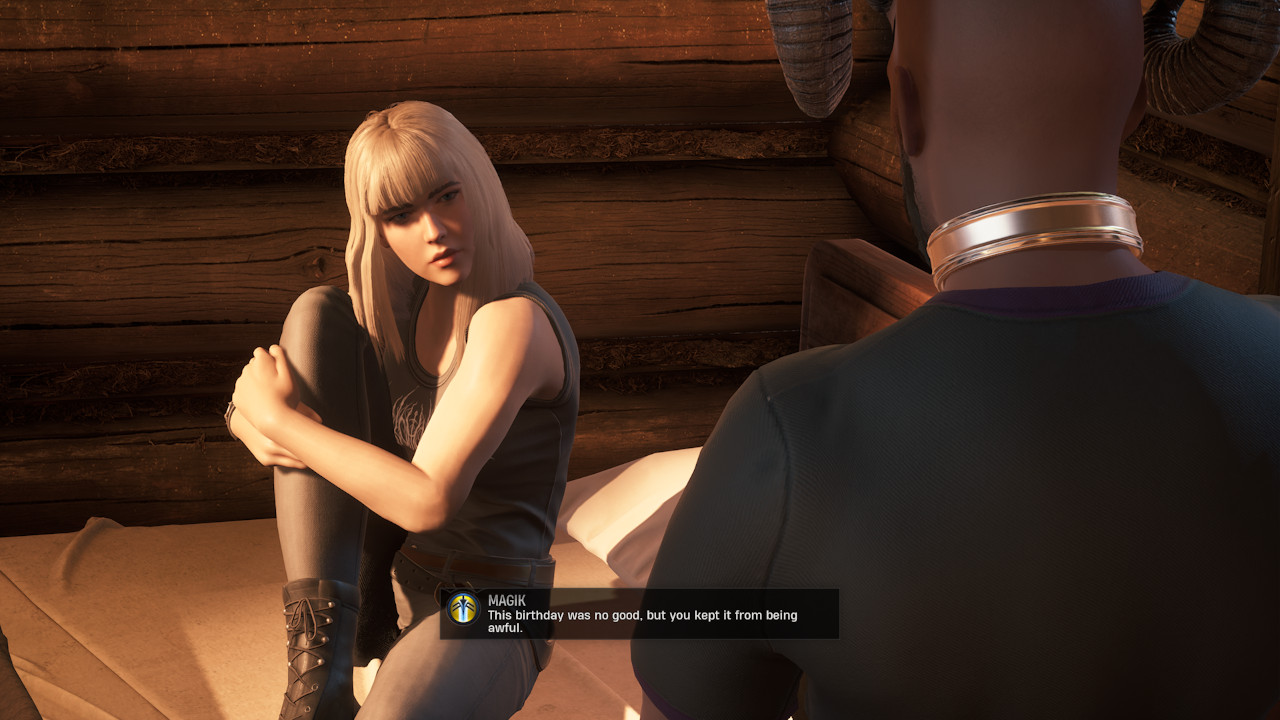
Bonding with the heroes is fascinating when from the perspective of a new Marvel hero original to this game. Hunter is fun in their own right, the first fully customizable Marvel superhero, and despite their heritage being demonic, you more often serve as the better angels to your friends.
Hunter is also centuries old, having been young during the Salem Witch Trials, which are canon in the game with plenty of lore discussing the horrors encountered by accused witches. Despite being a person out of time, your friends quickly introduce you to film, video games, and pop culture, where you catch on, if awkwardly. Hearing Hunter shout out “your mother is promiscuous” just hits differently. Even though the word “spooky” is thrown around haphazardly, the dialogue is tons of fun, and seeing the Superlink — Midnight Suns’ in-game social media feature — just devolve into heated comment threads between Marvel superheroes, is hilarious.
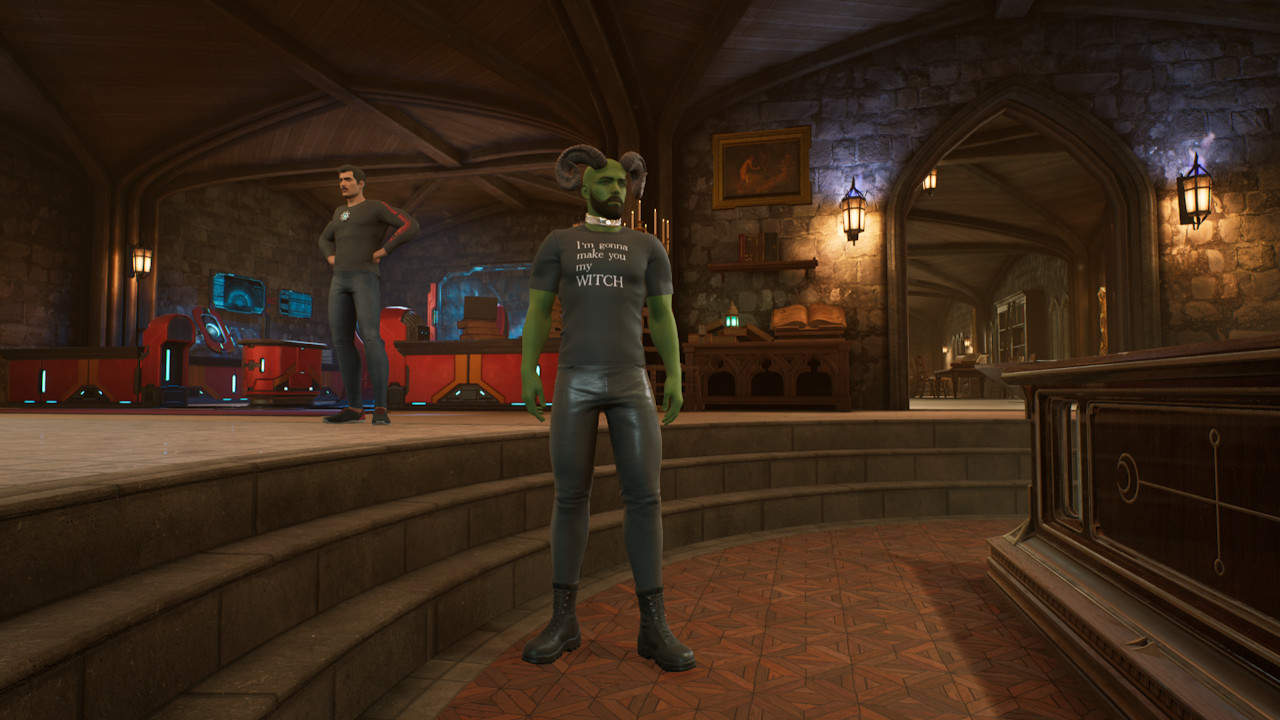
Of the character interactions you have in Midnight Suns, the most compelling are those with Robbie Reyes, aka Ghost Rider, and Illyana Rasputin, aka Magik. It doesn’t hurt that they’re both incredibly fun to use in battle. But their personal stories, particularly Magik’s backstory laid out in Limbo, and Reyes’ coming to grips with the responsibility of bearing the Spirit of Vengeance while seeing how flawed its previous bearer is, are exemplary work by the developers. It does feel at times that Captain Marvel, Captain America, and Wolverine don’t get as much focus, but that’s okay, they get plenty everywhere else.
The Sound
The music of Midnight Suns is nothing to write home about, with generic themes playing in the background most of the time. The sound design of the game is also just fine. It’s not what everybody latches onto this game expecting, anyway, so there’s no real harm in this part of the experience not being special. But other audio features are strong, namely the voice cast.
Easily my favorite part about this is hearing the iconic Steve Blum voicing Wolverine, which he has been doing for various Marvel projects since 2004. Michael Jai White also voices Blade, which was a cool and pleasant surprise. Lyrica Okano even reprises her role from the Hulu series Runaways as Nico Minoru. The characters audibly feel the way they should, the fast-talking arrogance of Iron Man and the affable dorkiness of Spider-Man on full display.
The Visuals
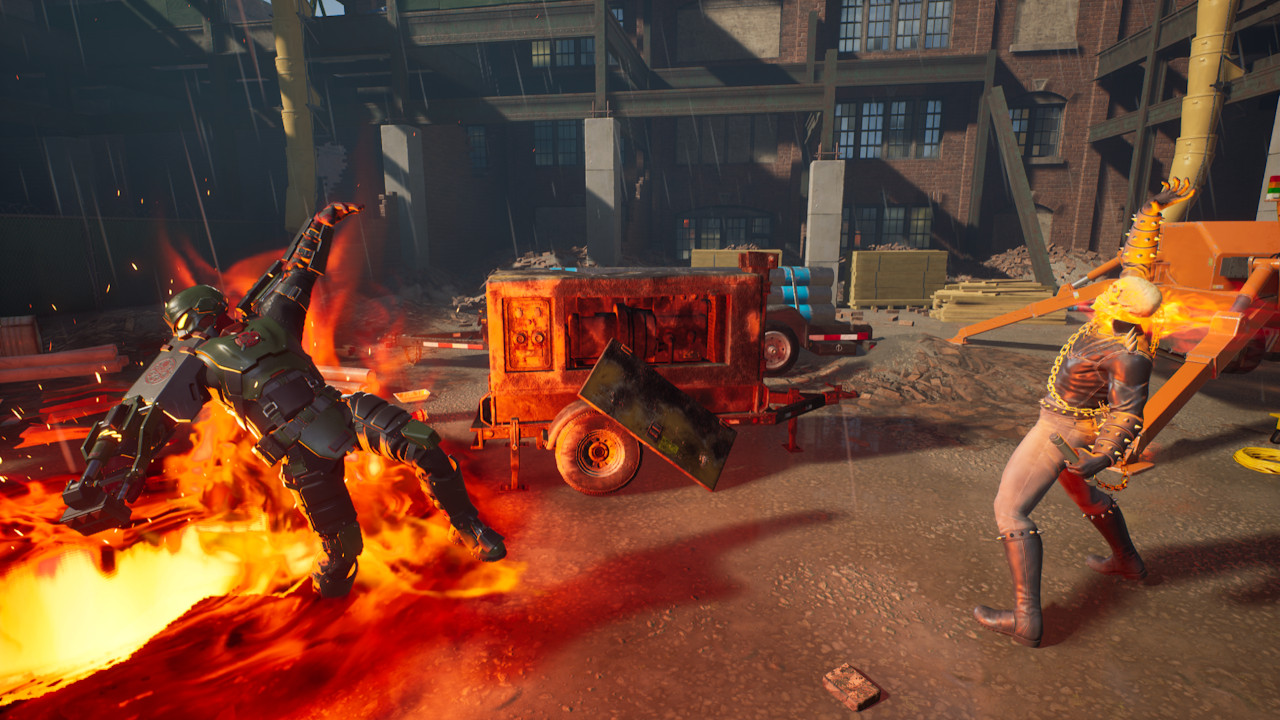
Marvel’s Midnight Suns have some pretty solid, but not groundbreaking visuals. The character models retain a strong sense of realism if a bit stiffly animated in the face. But their details are on full display, and their costumes are awesomely well-designed. Robbie has his trademark eyes of mismatching orange and green color and his Mallen-streaked hair. Hero animations in battle, including Blade’s badass chain attacks and Wolverine going berserk before ripping and tearing through enemies, are highly satisfying.
It doesn’t hurt that these moments can be captured incredibly well with a dynamic and wonderful Photo Mode. The missions often have visually-striking maps with good-looking terrain and enough of a backdrop for some pretty strong photos of your heroes in action.
But one fascinating element Firaxis incorporated was the ability to custom-make or procedurally generate comic books featuring heroes and enemies in Midnight Suns. This feature is stunning but has also contributed to the game frequently crashing, alongside the Photo Mode when trying to exit. This brings us to the biggest disappointments about Midnight Suns during my review process.
The Issues
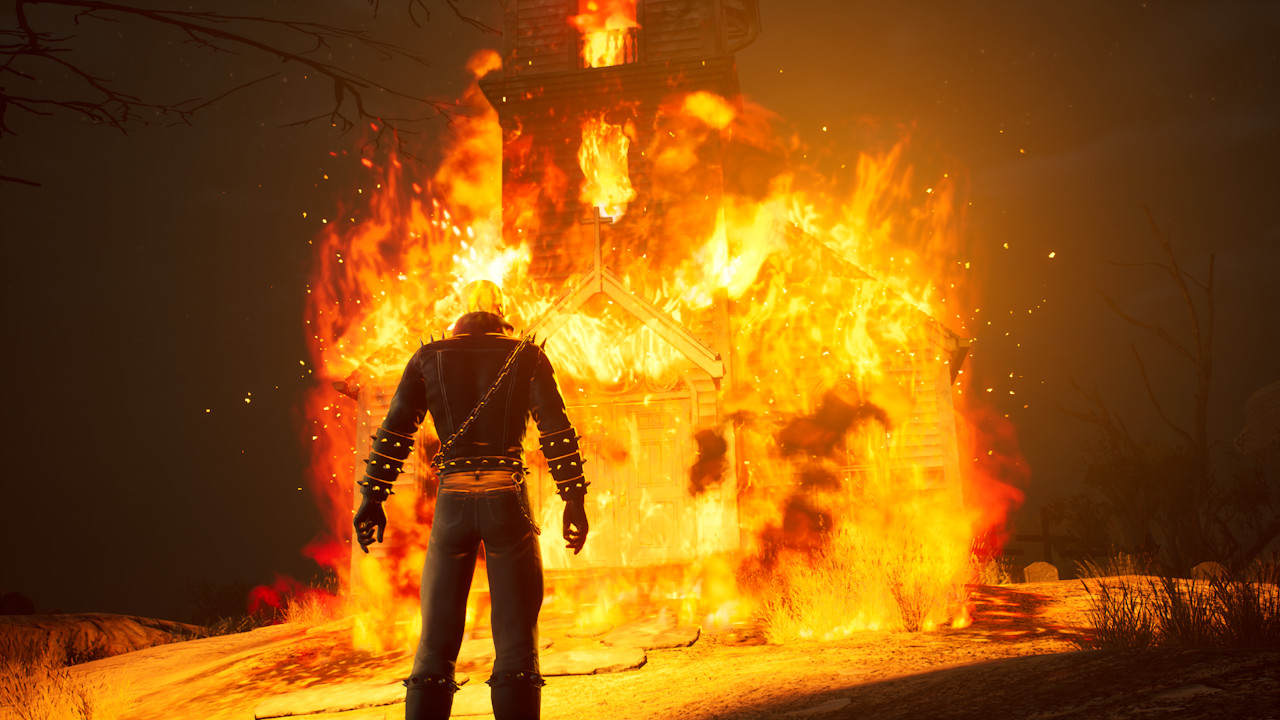
I’ve played dozens of hours on my Midnight Suns playthrough. I’ve reunited superheroes with their longtime friends, and tackled some deadly enemies in the process, having a great time with an excellent combat system, along with a fantastic exploration of an overworld loaded with lore. But while the issues in this game aren’t as plentiful as other colorful turn-based RPGs recently released, the issues in this game stop your progress dead in their tracks and can destroy playthroughs, depending on your platform of choice.
One colleague of mine was unable to even start his copy of Midnight Suns, despite it being a PlayStation 5 copy. I didn’t run into such issues for a long time in my playthrough, using the Series X and even Series S with no notable problems. There were a couple of crashes when using Photo Mode, but the game autosaved in battles and I just avoided that feature until the issue wasn’t present later on. But I should have known that game-crashing bugs could come in greater variety, which brings up my main issue with the game and its most egregious oversight.
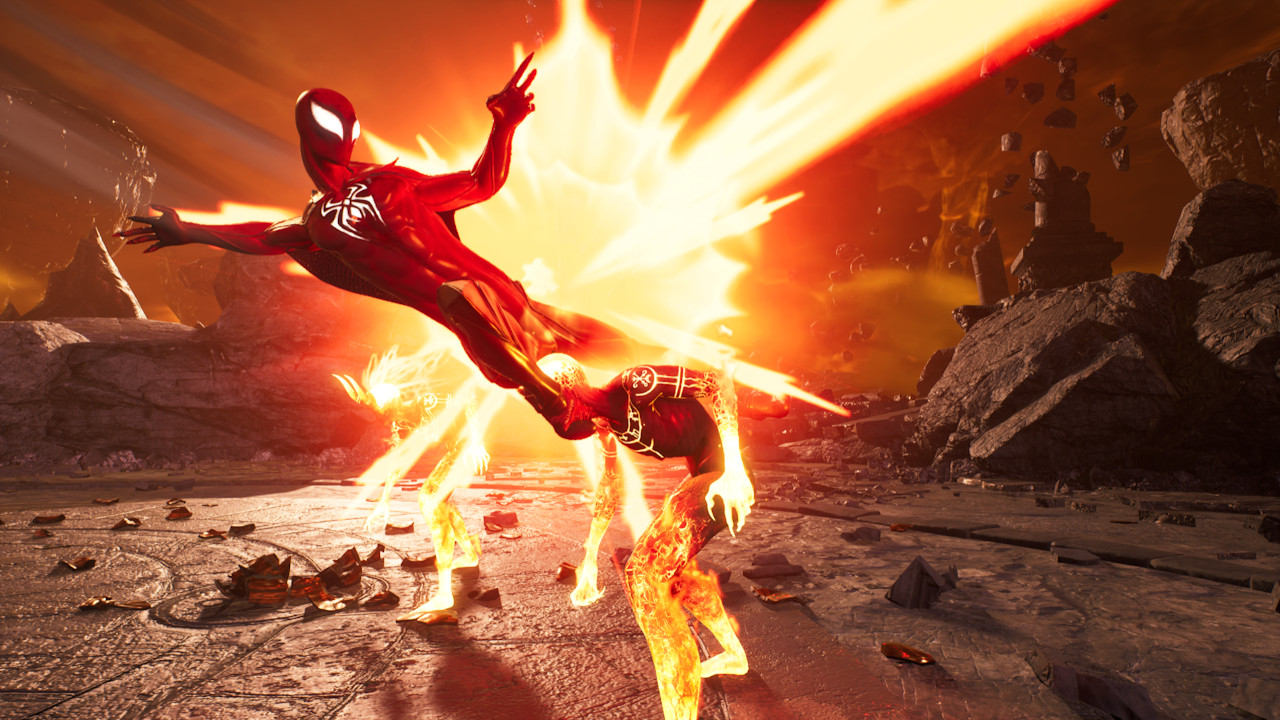
While approaching the end of the game, having just defeated a certain giant green menace, I sent Blade on what is known as a Hero Ops mission. This removes him from play for the day in-game, where you go about your regular missions without being able to use him. So I completed a mission, did some other side work at the Abbey, and had Hunter go to bed, ready to retrieve Blade in the morning as he’s needed for the next Story Mission. But, upon going to the terminal to retrieve Blade, the game crashes every single time I open the menu, preventing me from getting Blade, and by extension, continuing the story.
This completely took the wind out of my sails. I had been loving the entire game up until this point, putting up with the odd crashing bug, but this completely ruined my file. The autosave and manual saves didn’t go back far enough to reverse my decision so I could have Blade at least for that mission “The Not-So-Good Book” and I would have instead either had to start a new game, or go back several dozen hours to my other manual save. This would have been fine if it were during the pre-release review period, but this is a week and a half after the game has been released worldwide, and while it was quickly fixed on PC, consoles don’t have that treatment just yet.
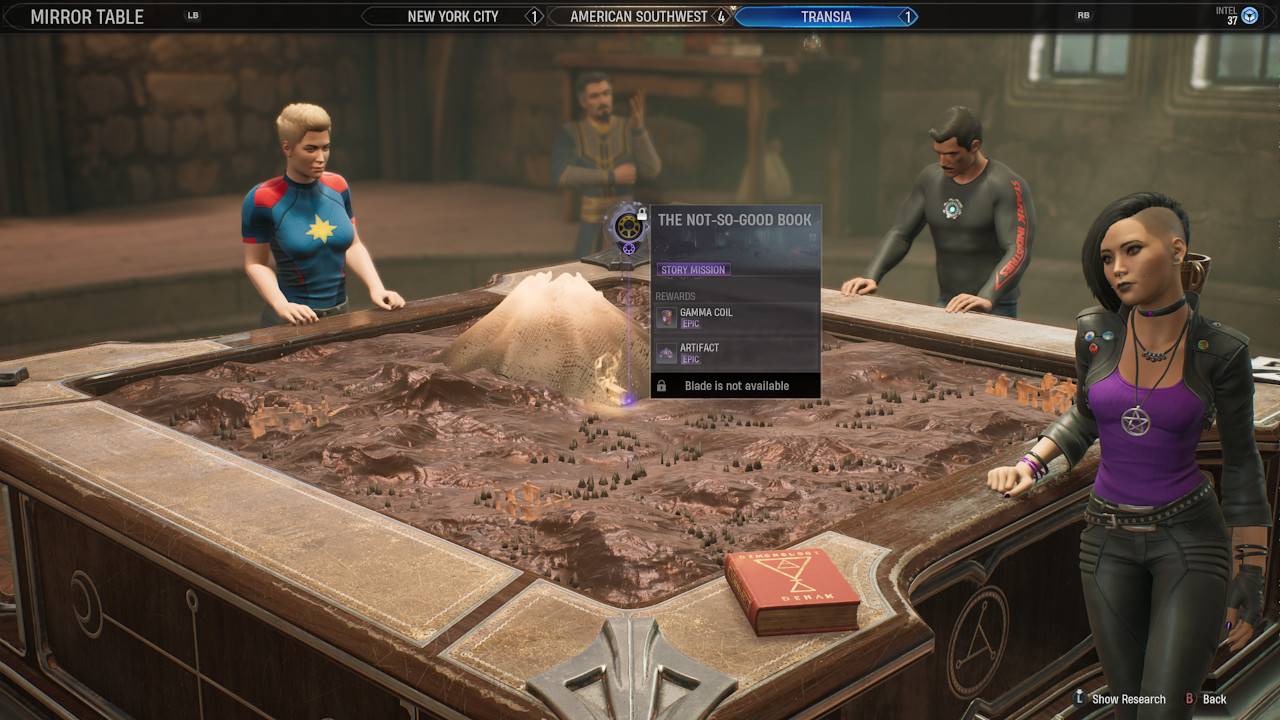
This brings the review of Midnight Suns to my final complaint. If a game is released on multiple platforms on day one, they should all have enough care put into their development and ports to at least run on comparable levels of stability. This isn’t a matter of graphics capabilities, PC can easily win that every time, and it’s been Firaxis’ domain for decades. But they’ve also released high-profile games on consoles before, so there’s no excuse, and game-breaking bugs being present in a wide release weeks later is unacceptable, period.
The Verdict
No matter how much fun I’ve had with the game, I feel this stinging negligence squeezing the joy out of my experience. I’ve done precisely everything there is to do in the game, but when there’s a clear ending in sight, and I’ve still not recruited the Hulk, yet I know how awesome he is, I was left powerless. Firaxis is responsible for some of the most important games I’ve played while developing my interests and specialties as a gamer, primarily strategy.
Civilization III was a game I was given that got me passionate about history, which I studied for my undergraduate and Master’s program. To think that, if they released a game like that and I didn’t have a powerful enough PC to run it, or was given a copy on another platform that didn’t run properly, I’d never have latched on. So this felt like a massive disappointment to me as a fan of their usual excellent work.
Marvel’s Midnight Suns has fantastic card-based combat, something it shares in common with Marvel Snap, along with excellent social features and deeply fascinating Marvel lore. It can engross you for dozens of hours with brilliantly layered, unique gameplay featuring just enough variety to make each battle run differently. But this doesn’t mask its fatal flaws, namely some game-breaking bugs that’ll prevent you from finishing a game with an established ending. It can be heartbreaking, to recognize a good game, with not enough care put into ironing out some glaring issues in time, but it needs to be said.


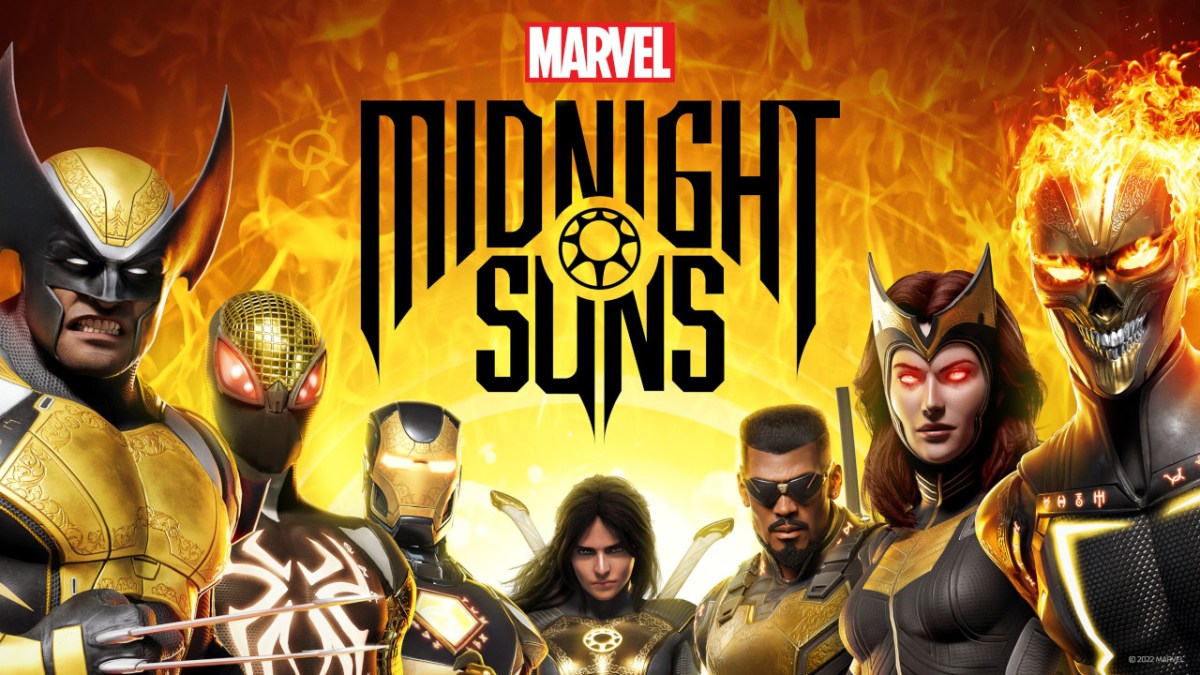









Published: Dec 14, 2022 11:12 am